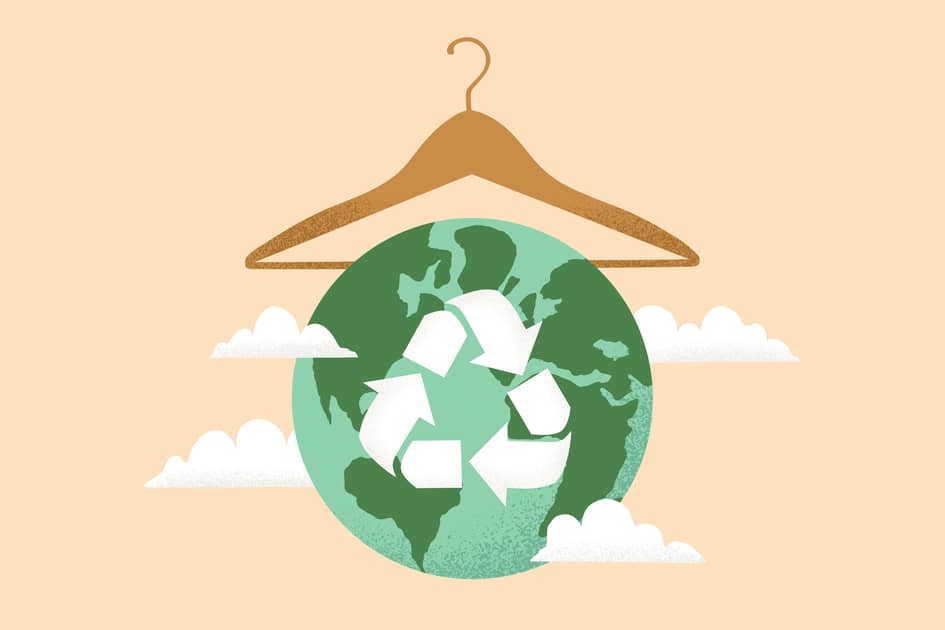As the apparel sector continues to evolve, the rise of fast fashion, online sales, and ultra-fast fashion are all impacting the industry’s environmental footprint. These shifts have resulted in environmental challenges throughout the value chain, according to S&P Global Ratings’ latest Sustainability Insights report: ‘As The European Apparel Sector’s Environmental Footprint Widens, Credit Risks Are Low, For Now’.
Despite increased attention to environmental concerns, the industry has made little progress in addressing these negative impacts. The environmental footprint of the apparel industry is substantial, with major issues including high energy, water, and chemical use during textile production, greenhouse gas emissions, clean water pollution, and the disposal of used clothes.
Greenhouse gas emissions could be higher than previously thought
Key environmental issues related to the product life cycle stages include energy and water consumption, solid waste, and direct carbon dioxide emissions. The sector generates approximately 4 percent of global greenhouse gas emissions, but some studies suggest this figure could be higher, around 8 percent. Textile production is linked to about 20 percent of global clean water pollution. Polyester-based textiles, a rapidly expanding segment, contribute significantly to microplastics pollution.
The recycling ecosystem for used clothes is still in its early stages, with only 5-10 percent of used clothes globally being recycled into new garments. The apparel industry’s business models, emphasizing volume-based approaches, contribute to environmental challenges, and the growth of disposable income spent on clothes continues. Circular economy principles, focusing on waste reduction and sustainable practices, are seen as potential solutions, but the industry faces hurdles in implementing them.
Apparel companies, particularly fast-fashion brands, have made strides in reducing direct and indirect emissions but face challenges in achieving circularity. The business models of these companies rely on volume growth, making a shift toward sustainability difficult. Stricter regulations and initiatives, such as the Corporate Sustainability Due Diligence Directive, may influence the industry’s environmental impact, but their financial implications remain uncertain.
The report emphasizes the need for a credible business plan aligning with environmental goals, as the apparel industry’s credit risks could increase due to environmental factors. Physical climate risks, supply chain disruptions, and consumer behavior changes pose challenges to the industry’s long-term prospects. While regulations are becoming stricter, their impact on the industry’s fundamentals and credit metrics remains limited for now. The future role of regulation and unforeseen developments could potentially reshape the industry’s environmental practices.







